For A+B → C in column-II the graphs given can be from any of these four types.
(a)−dAdt Vs time (x axis) , (b)t1/2 Vs initial conc. (x axis)
(c )(Co−CrCt) Vs time (x axis) , (d) Conc. Vs time (x axis )
Match the graphs in Column-II for the given order of reactions in Column-I
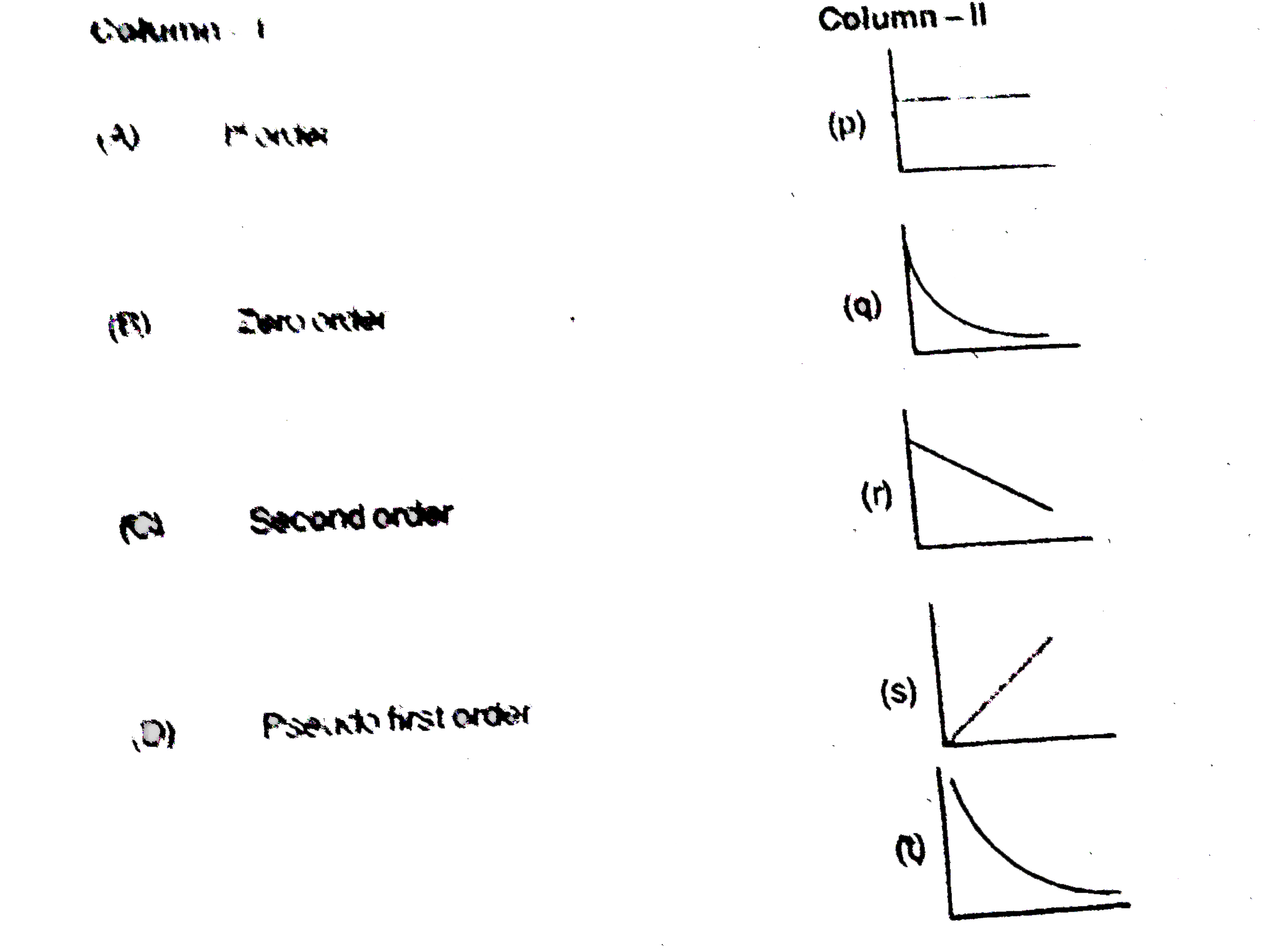
The correct Answer is:A-p,q ;B-p,r,s ; C-q,s,t ;D-p,q
NA
Topper's Solved these Questions
Similar Questions
The graph of the function y = f(x) is as follows.
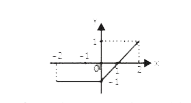
Match the function mentioned in Column-I with the respective graph given in Column-II.
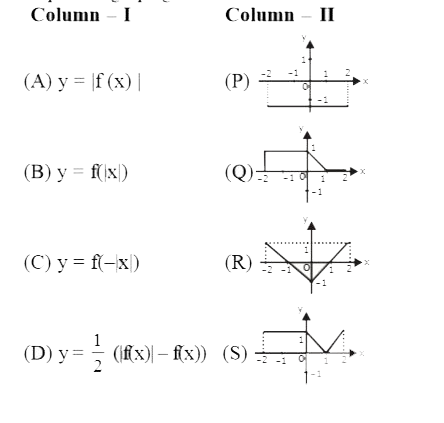
View SolutionGiven below in Column I are the relations between vectors a,b and c and in Column II are the orientations of a, b and c in the XY - plane . Match the relation in Column I to correct orientations in Column II.
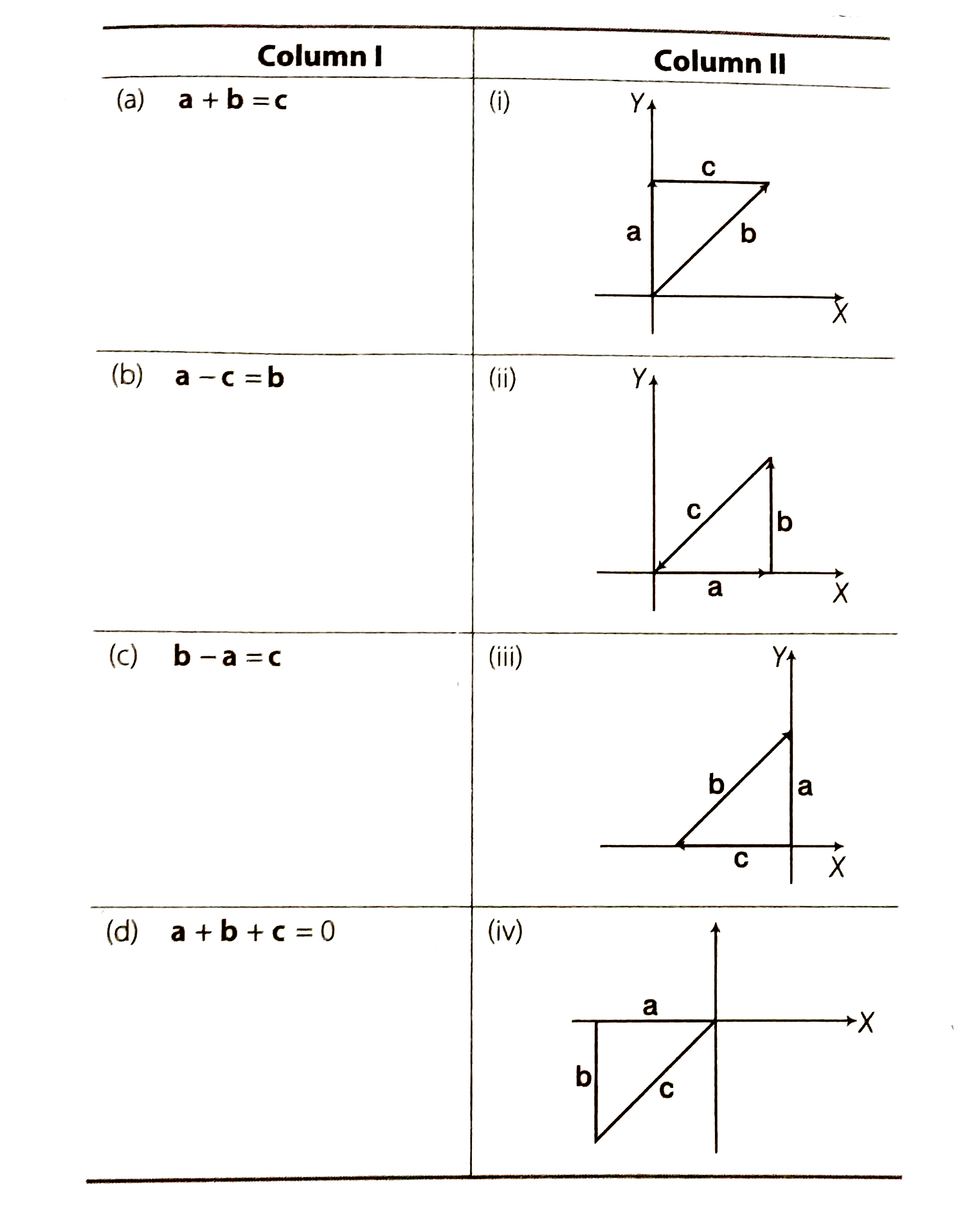
View Solution
Knowledge Check
In the following displacement (x) vs time (t) graph, at which among the point P,Q and R is the object speed increasing ?
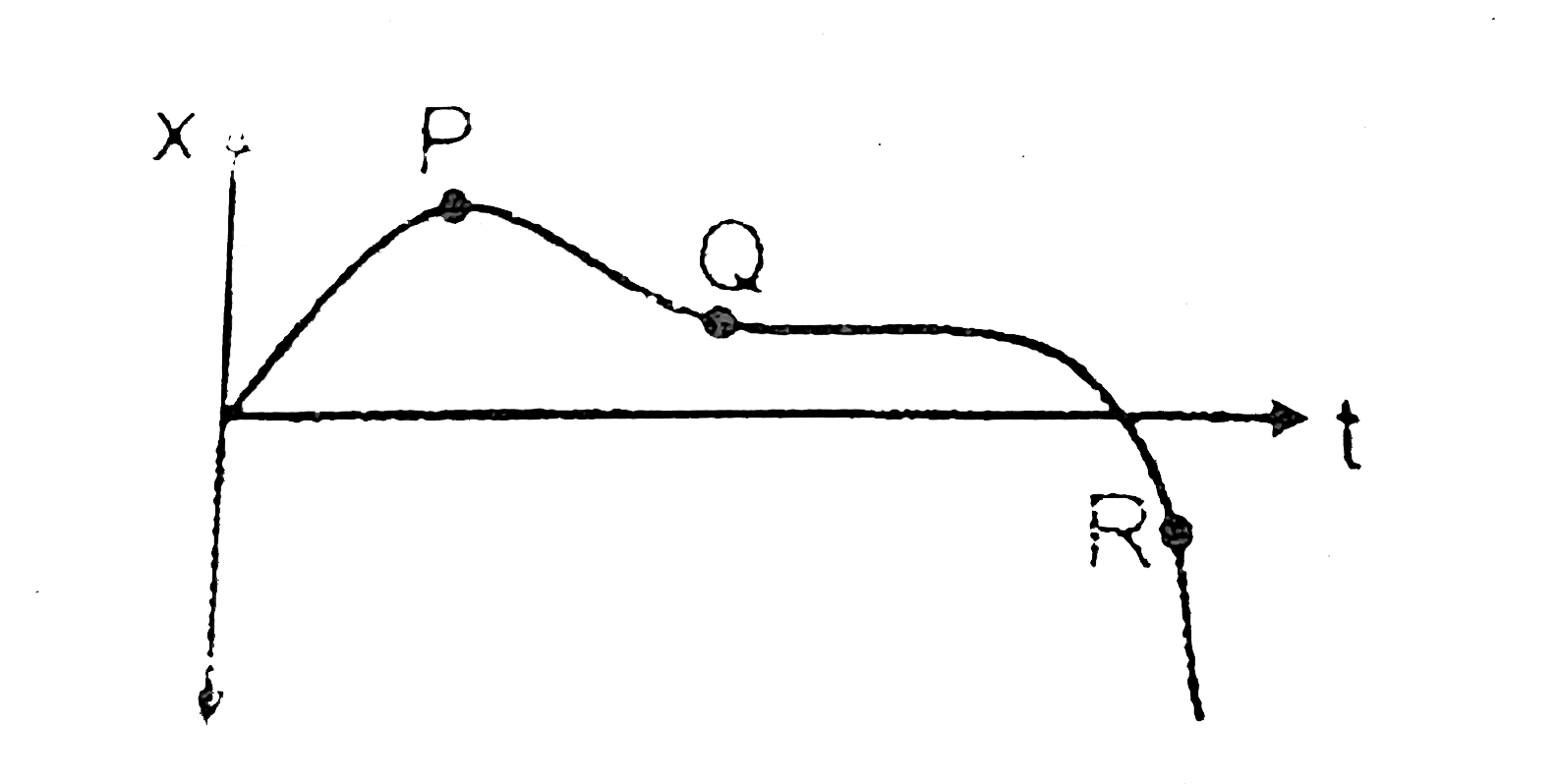 AR onlyBP onlyCQ and R onlyDP,Q,R
AR onlyBP onlyCQ and R onlyDP,Q,RWhich among the following plots are linear (a -x) is the concentration of reactant remaining after time , t
(a) (a - x) vs t , for a first order reaction
(b) (a - x) vs t , for a zero order reaction
(c) (a - x) vs t , for a second order reaction
(d) 1/(a - x) vs t , for a second order reactionA1 and 2B1 and 3C2 and 3D2 and 4In following displacement (x) vs time (t) graph at which among the P,Q and R is the object's speed increasing ?
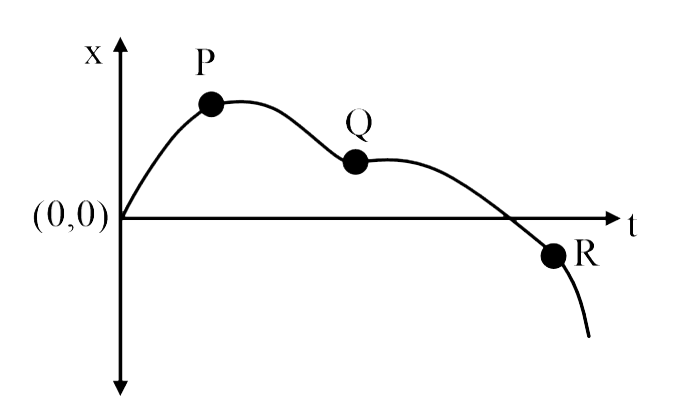 AR onlyBP onlyCQ and R onlyDP, Q, R
AR onlyBP onlyCQ and R onlyDP, Q, R
Given below in Column I are the relations between vectors a,b and c and in Column II are the orientations of a, b and c in the XY - plane . Match the relation in Column I to correct orientations in Column II.

View SolutionA car is moving along a straight line. It's displacemetn (x)- time (t) grapg is shown in column II. Match the entries in column I with points on graph.

View SolutionIn the following displacement (x) vs time (t) graph, at which among the point P,Q and R is the object speed increasing ?

View SolutionMatch the statements in Column I labeled as (a), (b), (c), and (d) with those in Column II labeled as (p), (q). (c), and (s). Any given statement in Column I can have correct matching with one or more statements in Column II.
Match the observation given in Column I with the experiments given in Column II.
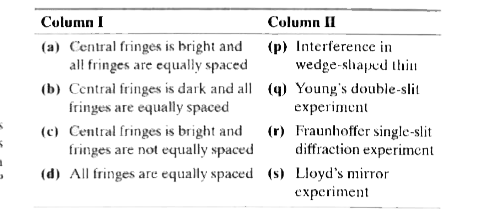
View SolutionA particle 'A' disintegrates into other 'B' and then 'B' into 'C'. Find the graph suitable for number of atoms of B vs. time.
View Solution
